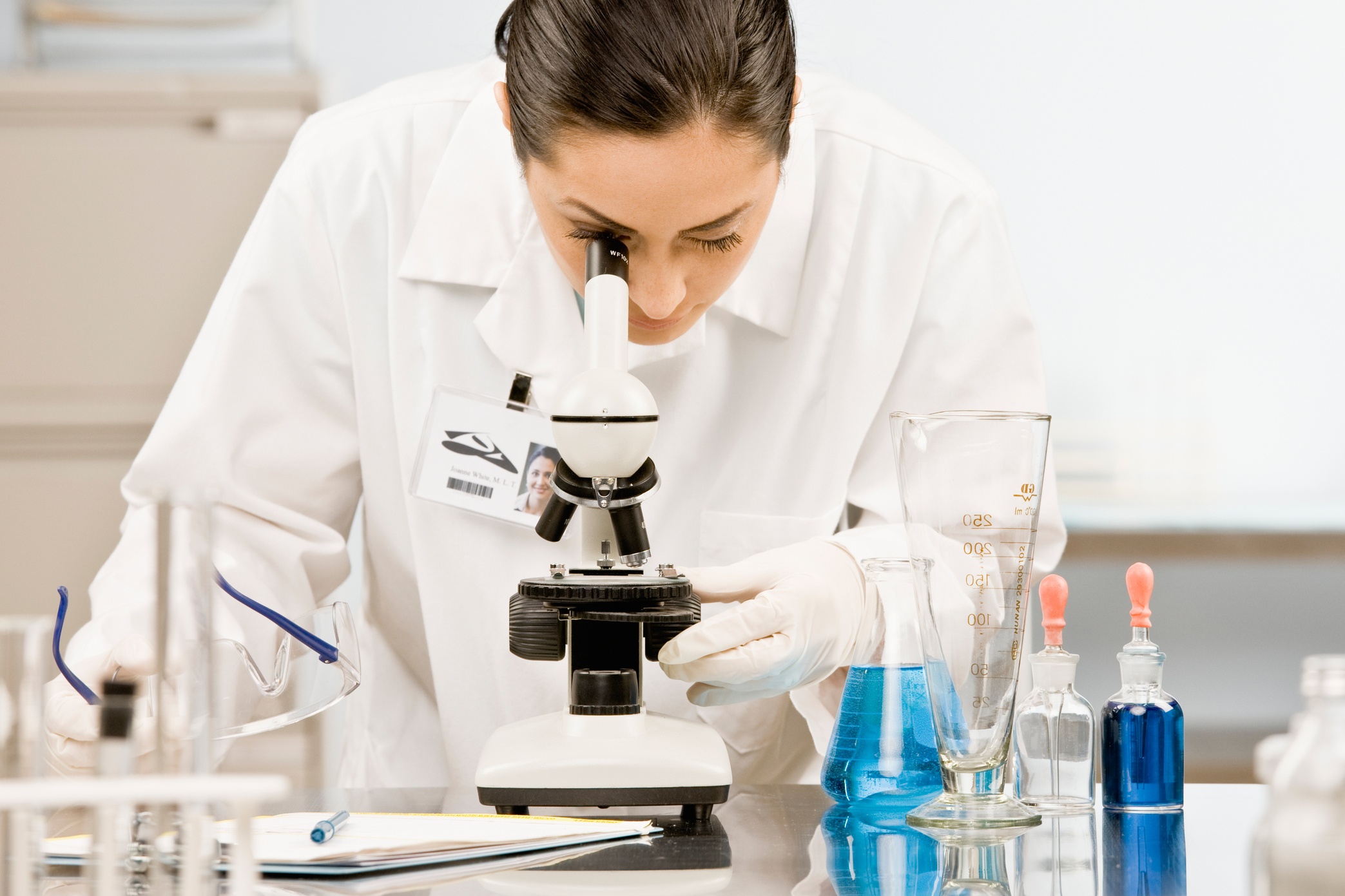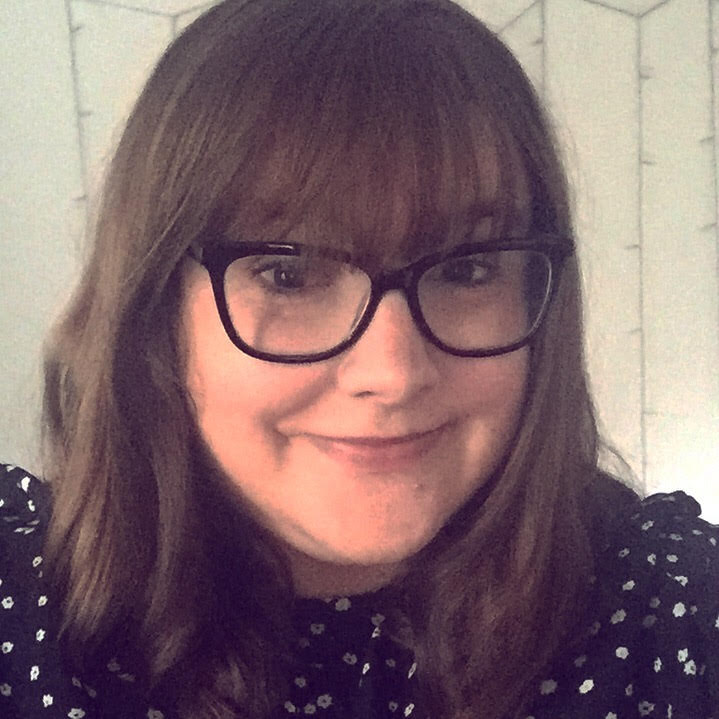Scientists use AI and machine learning to detect cancer with more accuracy
UCLA scientists say they can accurately identify cancer cells in bloodstreams


Scientists in California have developed a microscope that uses machine learning and photonic time stretch to locate cancer cells more efficiently.
The microscope, invented by UCLA scientists, uses artificial intelligence (AI) to analyse 36 million images per second, more accurately identifying cancer cells present in blood samples.
Currently, doctors track cancerous cells by adding biochemicals to blood samples, which then add labels to them for later detection.
However, this can damage the cells, making the samples useless. Other techniques include identifying cancer cells by their physical characteristics, but they can be inaccurate.
The AI microscope images cells without destroying them and can identify characteristics such as size, granularity and biomass.
This is possible because of a photonic time stretch microscope invented by the UCLA scientists, which has allowed cell identification to reach 95 per cent accuracy.
The photonic time stretch works by taking pictures of flowing blood cells with laser bursts, boosting clarity and slowing them down enough to be detected and digitised.
Sign up today and you will receive a free copy of our Future Focus 2025 report - the leading guidance on AI, cybersecurity and other IT challenges as per 700+ senior executives
Commenting on the technology, Ata Mahjoubfar, said: "Each frame is slowed down in time and optically amplified so it can be digitised. This lets us perform fast cell imaging that the artificial intelligence component can distinguish."
"The photonic time stretch technique allows us to identify rogue cells in a short time with low-level illumination," added Chen.
Caroline has been writing about technology for more than a decade, switching between consumer smart home news and reviews and in-depth B2B industry coverage. In addition to her work for IT Pro and Cloud Pro, she has contributed to a number of titles including Expert Reviews, TechRadar, The Week and many more. She is currently the smart home editor across Future Publishing's homes titles.
You can get in touch with Caroline via email at caroline.preece@futurenet.com.
-
 Microsoft wants to replace C and C++ with Rust by 2030
Microsoft wants to replace C and C++ with Rust by 2030News Windows won’t be rewritten in Rust using AI, according to a senior Microsoft engineer, but the company still has bold plans for embracing the popular programming language
-
 Google drops $4.75bn on data center and energy firm Intersect
Google drops $4.75bn on data center and energy firm IntersectNews The investment marks the latest move from Google to boost its infrastructure sustainability credentials
